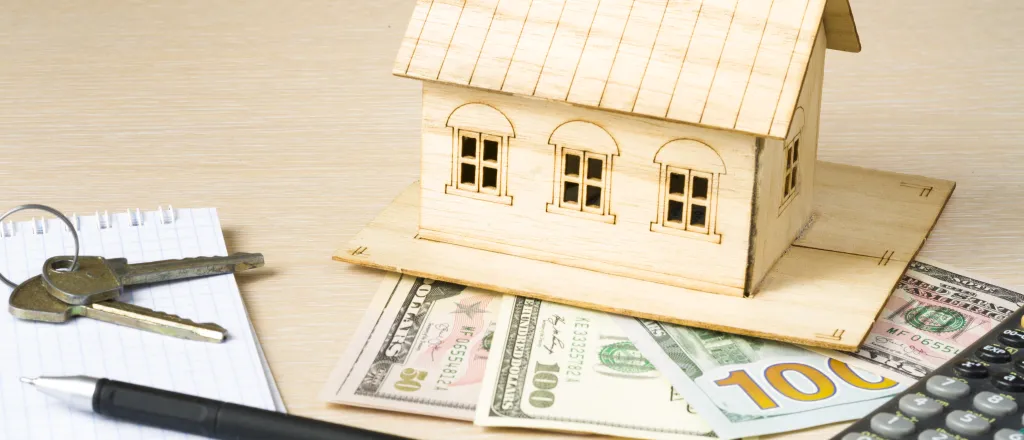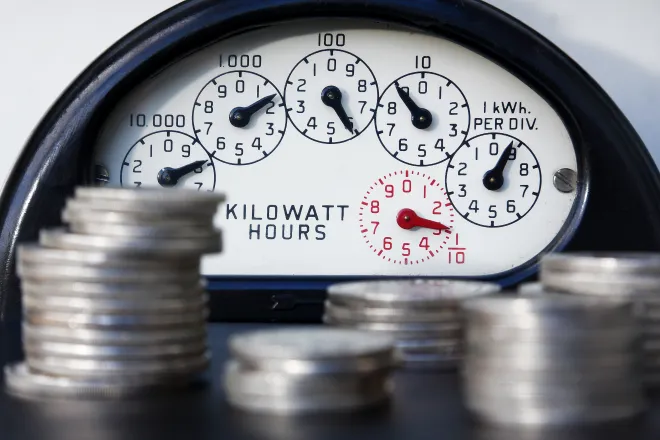
Montana housing advocates take aim at cost disparity
(Big Sky Connection) New U.S. census data show nearly a third of Montanans spend at least 30 percent of their income on housing.
Advocates for affordable housing said it mostly affects disenfranchised people in the state. Almost 90 percent of Montana households with annual incomes of $50,000 a year or more, spent less than a third of their income on housing. Among those below the $50,000 mark, 70 percent were forced to spend more than a third.
Pam Bean, executive director of Montana Fair Housing, said lower-income people were already having a hard time affording housing and are facing even harder conditions now because low inventory and steeper prices have made the market highly competitive, which allows sellers or landlords to be more selective, leaving less qualified buyers on the short end.
"Even if they have the income and meet the other qualifications, it is not unlikely that a more qualified applicant is applying for the housing and the housing provider picks that household," Bean explained.
The data show the number of people in Montana spending more than a third of their income on housing has grown 9 percent in the last decade, to more than 71,000.
Bean pointed out housing affordability is not just an issue for working people, but also for the growing segment of baby boomers who find themselves priced out of affordable housing and homeless.
"They had counted on Social Security to cover things," Bean observed. "It in no way provides that coverage now. So, they are having to look for alternative ways to house themselves."
The census data show nationwide the median monthly housing payment in 2022 was about $1,100 dollars, up from $730 a decade earlier.
















